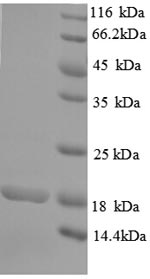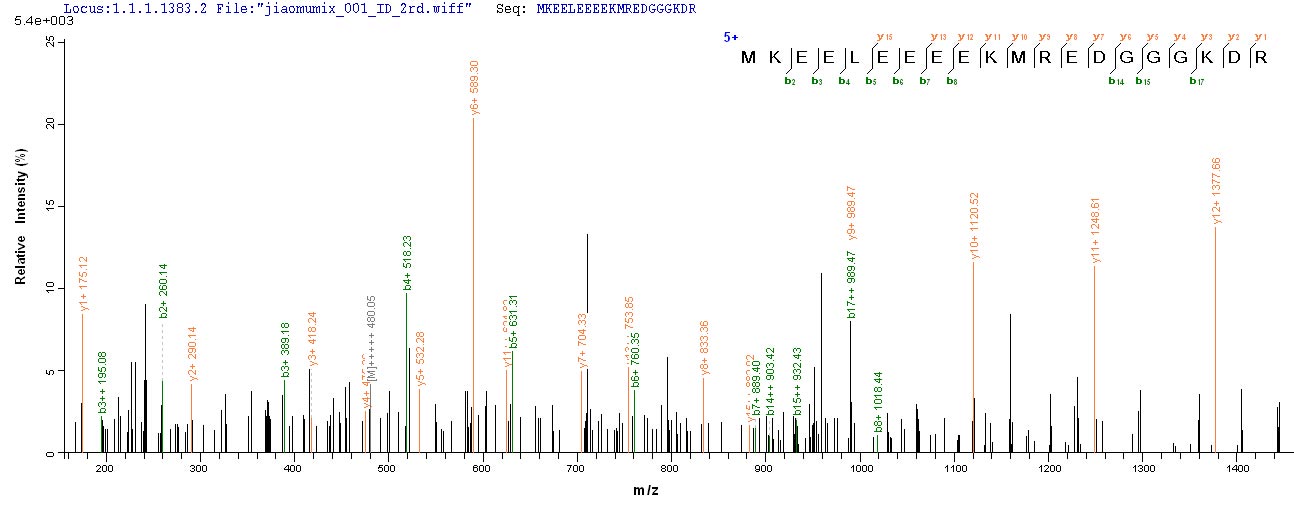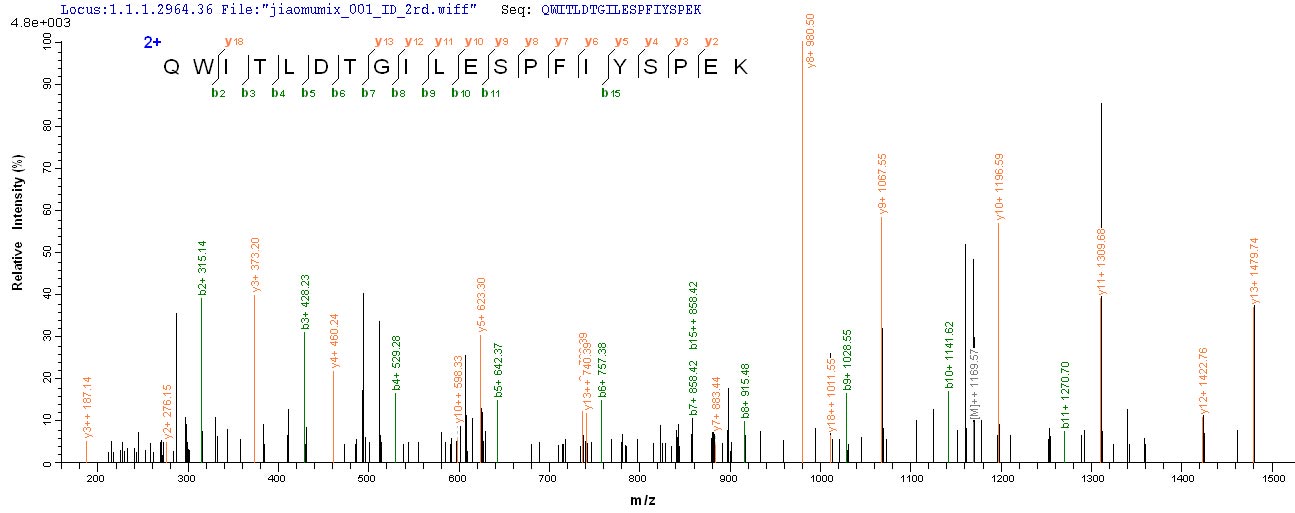Amino acids 12-132 constitute the expression domain of recombinant Human RHBDL2. This RHBDL2 protein is theoretically predicted to have a molecular weight of 18.2 kDa. This protein is generated in a e.coli-based system. The RHBDL2 coding gene included the N-terminal 6xHis tag, which simplifies the detection and purification processes of the recombinant RHBDL2 protein in following stages of expression and purification.
Rhomboid-related protein 2 (RHBDL2) is a member of the rhomboid protease family, which is involved in intramembrane proteolysis. RHBDL2 has been implicated in various cellular processes, including the regulation of cell adhesion, migration, and inflammation. Additionally, some studies suggest its potential role in the cleavage of certain transmembrane proteins, contributing to the diversity of its cellular functions. Research on RHBDL2 may contribute to a better understanding of its substrate specificity, the cellular pathways it regulates, and its potential implications in cellular physiology and disease processes.








